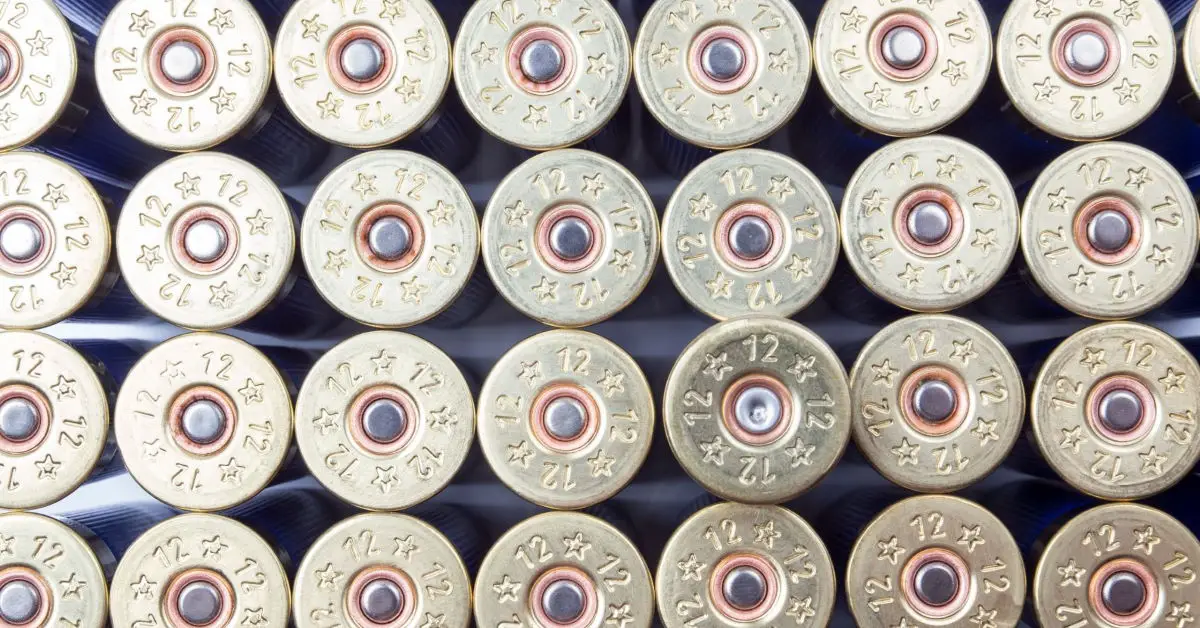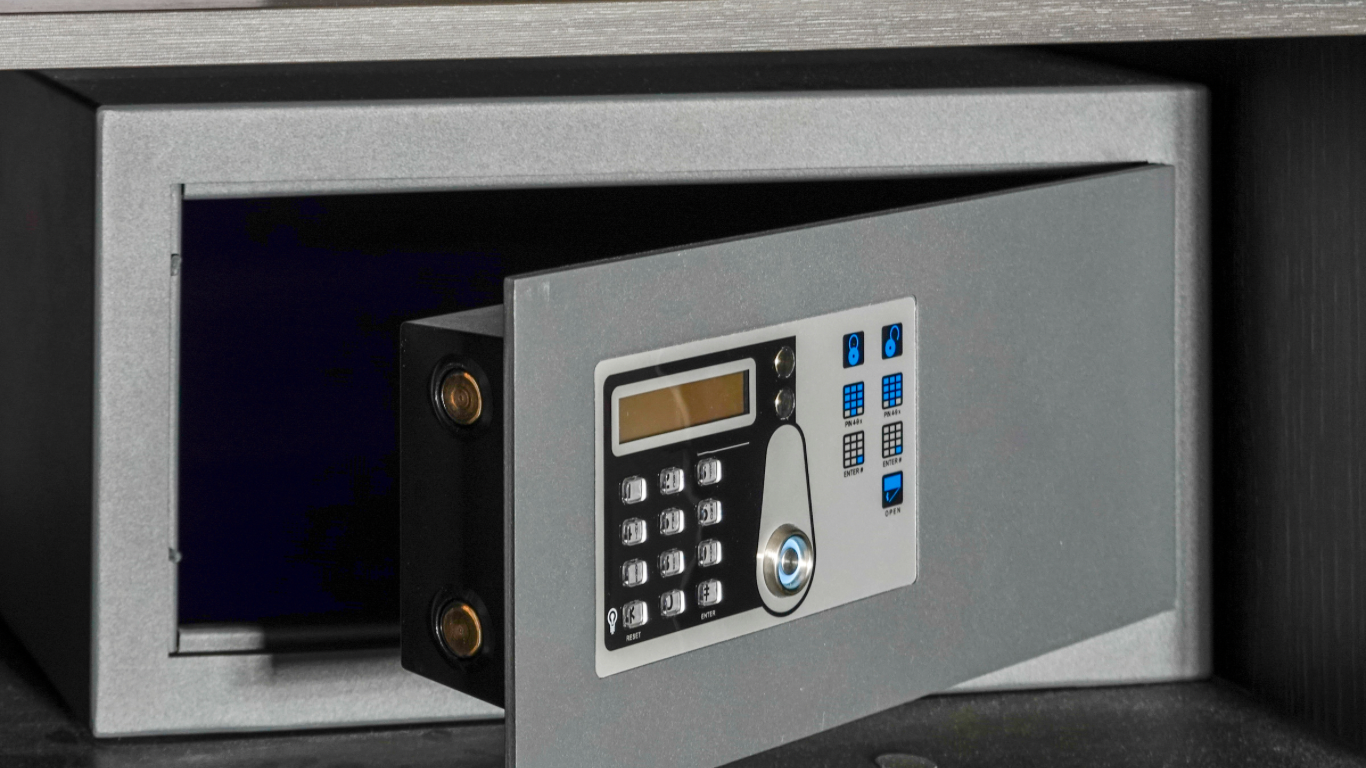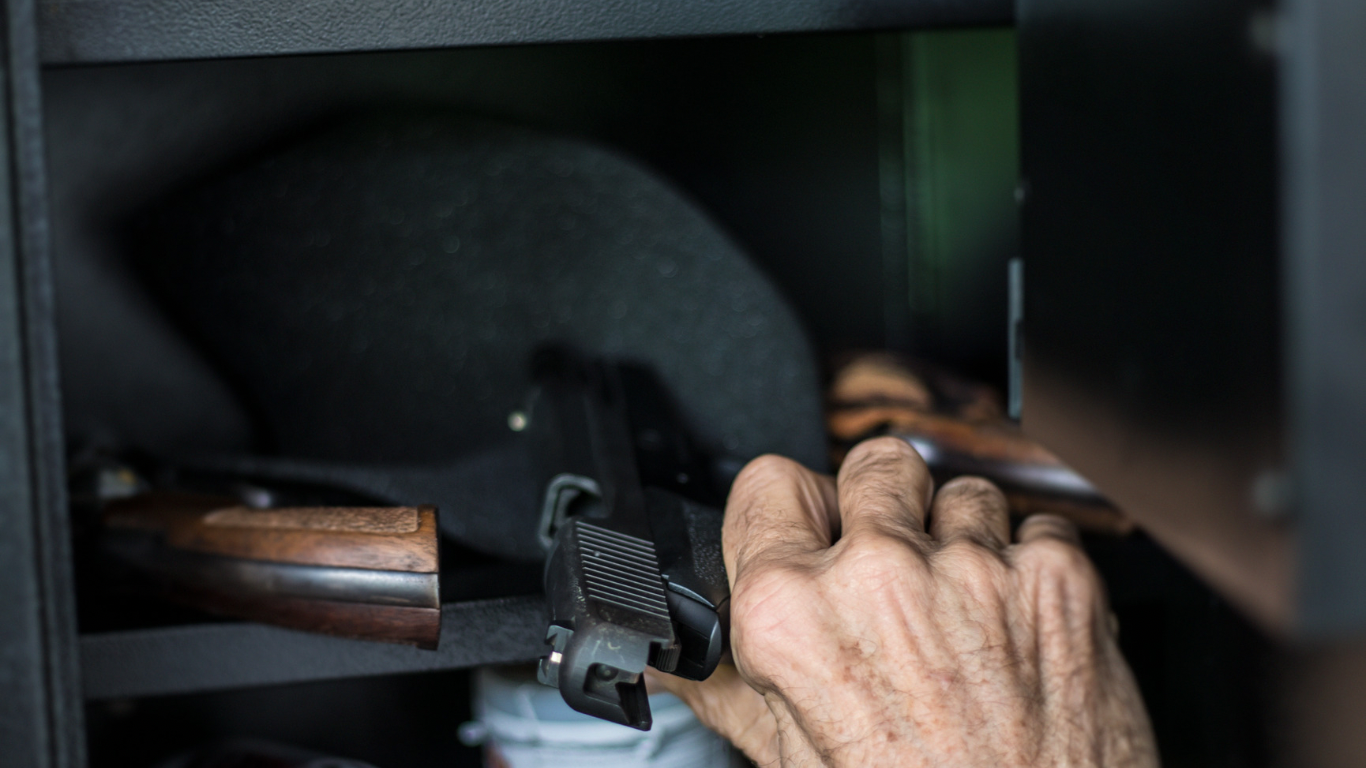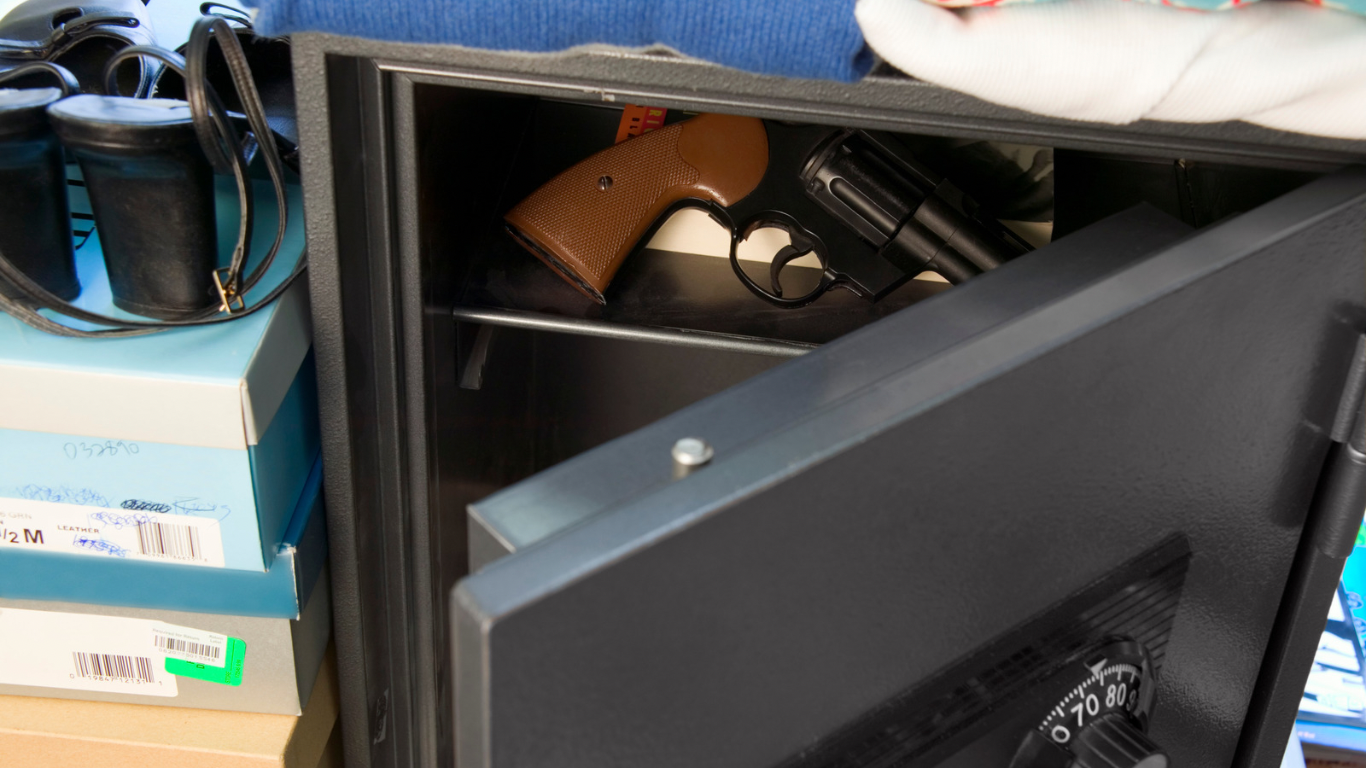The number of shotgun owners in the U.S. is not precise. Federal law prohibits a registry of private firearms from being formed. Due to this, firearm safety is paramount. They can cause serious damage, hence why guns and ammo should be stored safely in a cabinet or safe and locked using a trigger or cable lock. So before you go and buy a lot of shotgun ammo on a pallet, learn what you are getting into.
How Much Shotgun Ammo is on a Pallet and Who Needs that Much?
A full 12-gauge shotgun ammo on pallet has 120 cases, while a full 20-gauge pallet has 144 cases. This is a serious amount of ammo, hence why you should have enough facts about the different components of shotguns before buying shotgun ammo on a pallet.
Typically, those who buy shells by the pallet may be in shooting competitions whereas home defense tends to not require the large amount of shotgun ammo that comes on a pallet.
The Mechanism of Firing a Shotgun
When a shotgun trigger is pulled, the gun’s firing pin strikes the shell’s primer inside the shotgun and ignites the gun powder, releasing gas. The gas produces high pressure, which propels the shot so hard that it destroys the target. The shot contains a wad.
After the trigger is pulled, the wad falls away after it leaves the muzzle, and this looks like the first part of a rocket that breaks away after launch. This shell case is not damaged except at the top, blown open, and the primer is spent. Some shotgun users reload the leftover hull with new components.
Shotgun Gauges
Shotguns are categorized under gauges as opposed to calibers. The shotgun gauge determines the type of ammunition it fires. The difference between caliber and gauge is that the gauge represents the weight while the caliber represents the dimension. A gauge is a unit of measurement that dates to the days that people used cannonballs.
The reason they are measured in gauges is because of the ammunition they use. Their shells contain round pellets that look like B.B.s. Once the shells are fired, they scatter in a funnel shape.
Preferred gauges are 12-gauge shotgun ammo on pallet, 16-gauge, 20-gauge, 28 gauge, and .410. Gauge is commonly used in the U.S., while Britain and the rest of the world use the term “bore.” Some semi-automatic shotguns used for goose hunting are ten-gauge shotguns.
A 12-gauge shotgun shoots 12 balls that are of the same size. The balls are cast from one pound of lead. A 20-gauge shotgun is smaller. It shoots 20 balls cast from one pound of lead. A .410, however, uses a different unit of measurement. These are the smallest shells that are used in some unique pistols that also use .45 caliber bullets.
Shotgun Slugs
Some shotgun shells use slugs made of lead instead of pellets. These slugs are projectiles that look like bullets but are round at the tip instead of having a sharp point.
Due to their shape, slugs are used for hunting deer and large hogs. They are allowed for use in populated areas as they do not travel too far and fast, reducing people accidentally shot from a long range.
Slugs are found in 12, 20, and 28 gauge, though 12-gauge slugs are the most common. When purchasing slugs, confirm which ones your shotgun uses as per the manufacturer’s instructions. The correct slug should safely shoot out of the barrel without damaging it or the choke.
The most common types of slugs for hinting are Plumbata, Saboted, Brenneke, and Foster. The Plumbata slug has a stabilizer made of plastic attached to either the bottom or the top, while the Saboted slug has a core made of lead and copper jacketing. They can also be made of copper and plastic sabot. The sabot gives the slug a ballistic spin.
The Brenneke slug has a blunt nose and fins at its sides. The Foster slug has a hollow rear that moves its mass to the front and has fins that help stabilize it.
Reloading Shotgun Shells
Some enthusiasts prefer to customize their loads which is a cheaper option. These customized shells also increase performance and reduce recoil, making homemade shells even more appealing.
Although reloading these shells is more cost-effective than buying shells off the shelf, a lot of time is spent procuring these shots, wads, powder, and eventually reloading the shells. Some of these components may be hard to find, and one must travel some distance to get them.
Buying the components online is a good option, but the buying and shipping costs eventually become too high. Make safety a priority if you would prefer to reload your shells. Wear protective gear like latex gloves, shooting glasses, and an apron to prevent you from spreading contaminants in your house. Keep the work area clean.
Above all, be safe and pay attention. A shotgun barrel might explode if your reloading press drops some powder into a hull without your knowledge. The resulting explosion might be catastrophic.
Safe Gun Storage at Home
Stolen guns are a huge risk to public safety. Around 6,703 guns were reported stolen in 2020 in the U.S. Guns may be stolen from gun shops or individuals and end up being used or sold illegally in the black market. These stolen guns are used to commit crimes and may end up getting the original registered owner into a lot of trouble, hence the need for safe storage away from children.
Always clean your gun before storing it as the gun residue is explosive. As you keep your gun, unload it, and use a trigger lock, then put it in a gun safe.
Guns must be kept locked and stored safely because the youth may use household guns for self-harm or violence against others. Unintentional shootings and school shootings by children under 18 years are perpetrated using household guns.
Unsecured weapons may pose a risk as they fuel gun theft, and the guns are later sold into the black market to be used in crime. Guns are also stolen from cars hence the importance of keeping your guns and ammo locked away.
Safe storage reduces the risk of unsecured guns hence prevent injury from firearms and gun theft. Secure storage also lowers suicide rates from firearms.
Ensure that the guns are protected from the elements to avoid corrosion. Make sure the safe is dry and does not allow moisture inside. One should keep the safe off the ground to keep it dry in case of flooding.
Ensure your guns are safe from fire. The gun safe should be well insulated and thick. It is advisable to look for fire-resistant safes as anything can happen, from fires caused by a curling iron, lightning, or kids playing with fireworks.
Conclusion
Now that you know more details about shotguns and their ammo, the question is how much ammo do you need? Buying a lot of shotgun ammo on a pallet can be a waste if you don’t know how to use a shotgun properly. If you are not comfortable firing a 12 gauge shotgun, what will you do with a pallet full of 12 gauge ammo?
As far as how much shotgun ammo do you need, are you in shooting competitions or looking for home defense? Home defense should not require a pallet full of shotgun ammo. Lastly, ammo longevity depends on keeping ammo safe from humidity and heat, so make sure you have space to store all that ammo.





